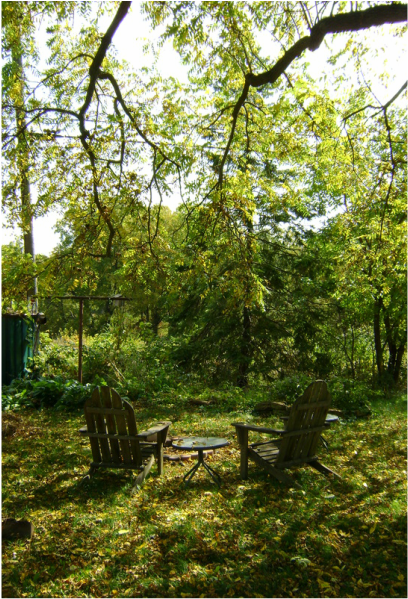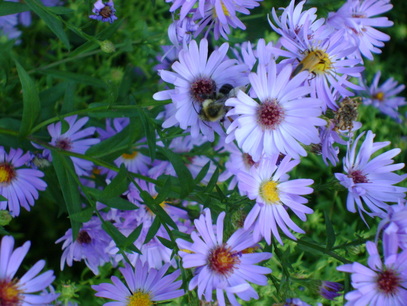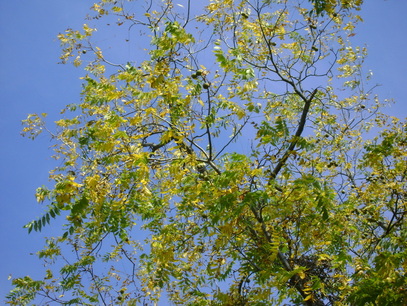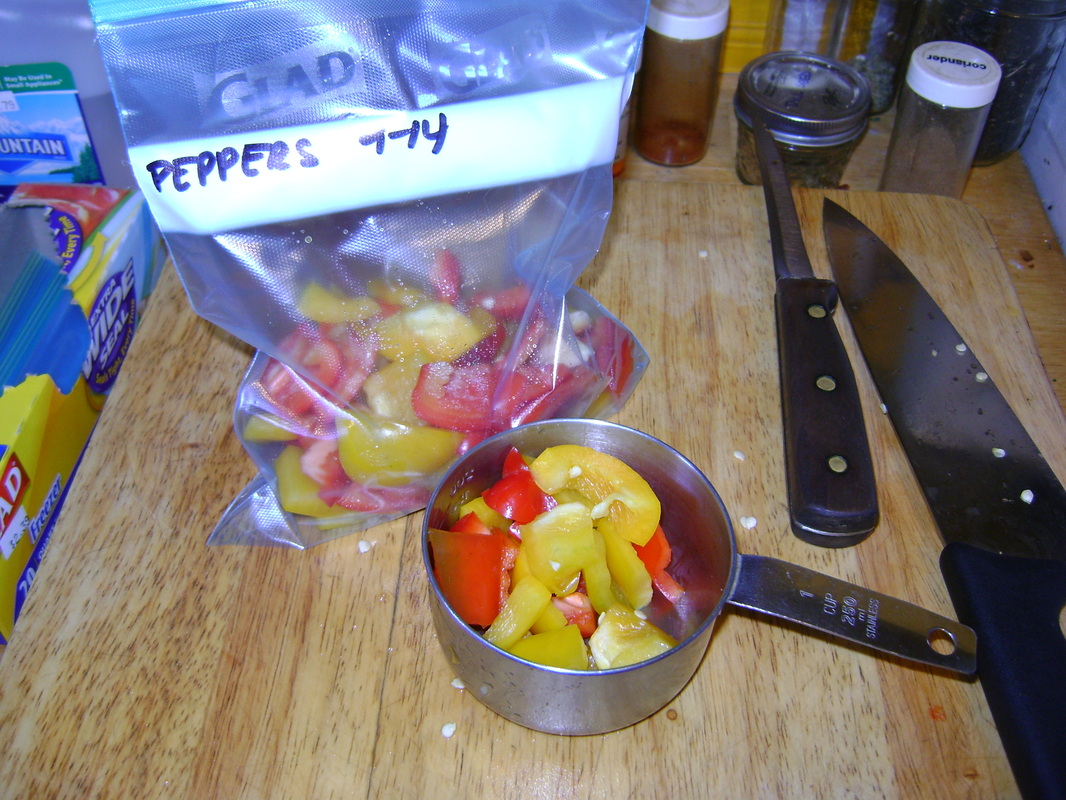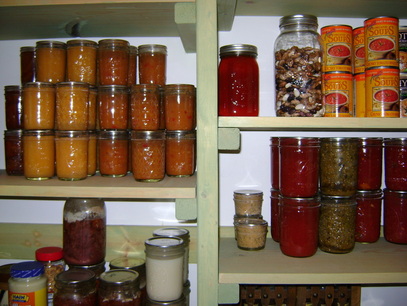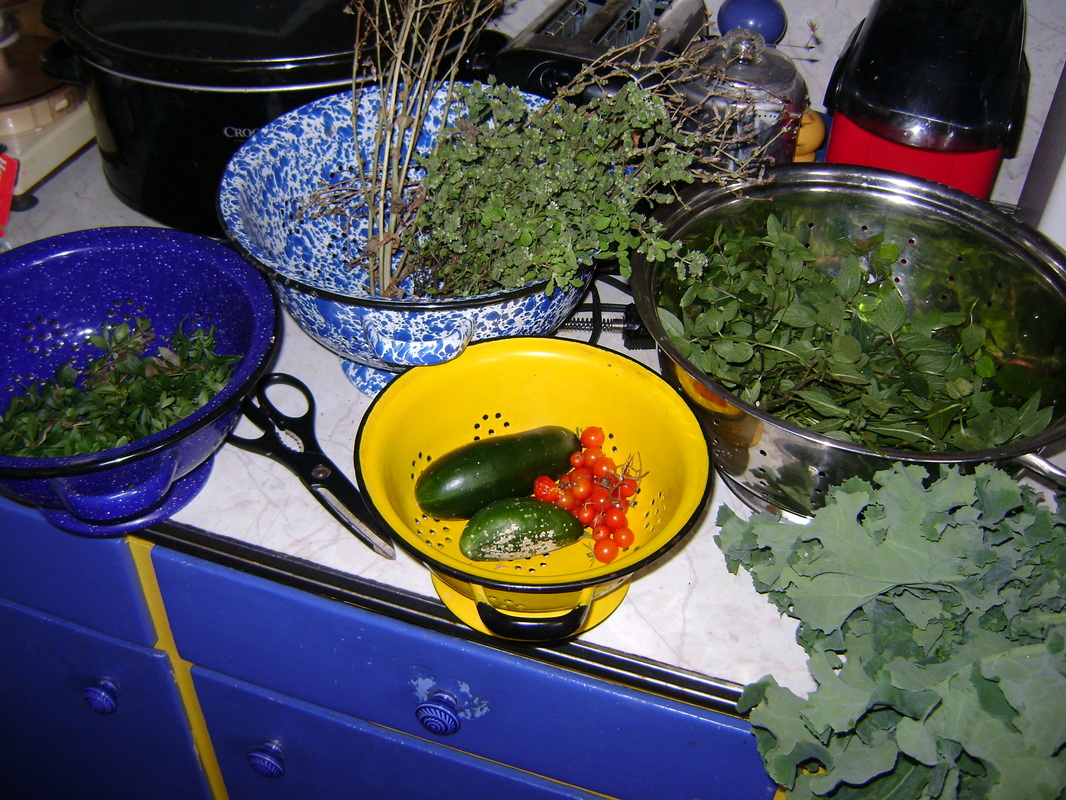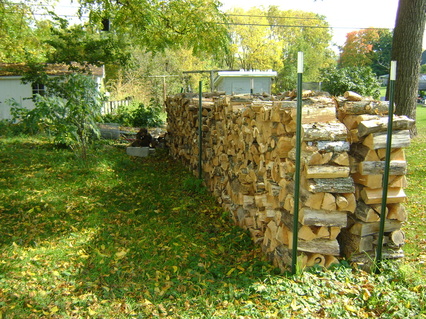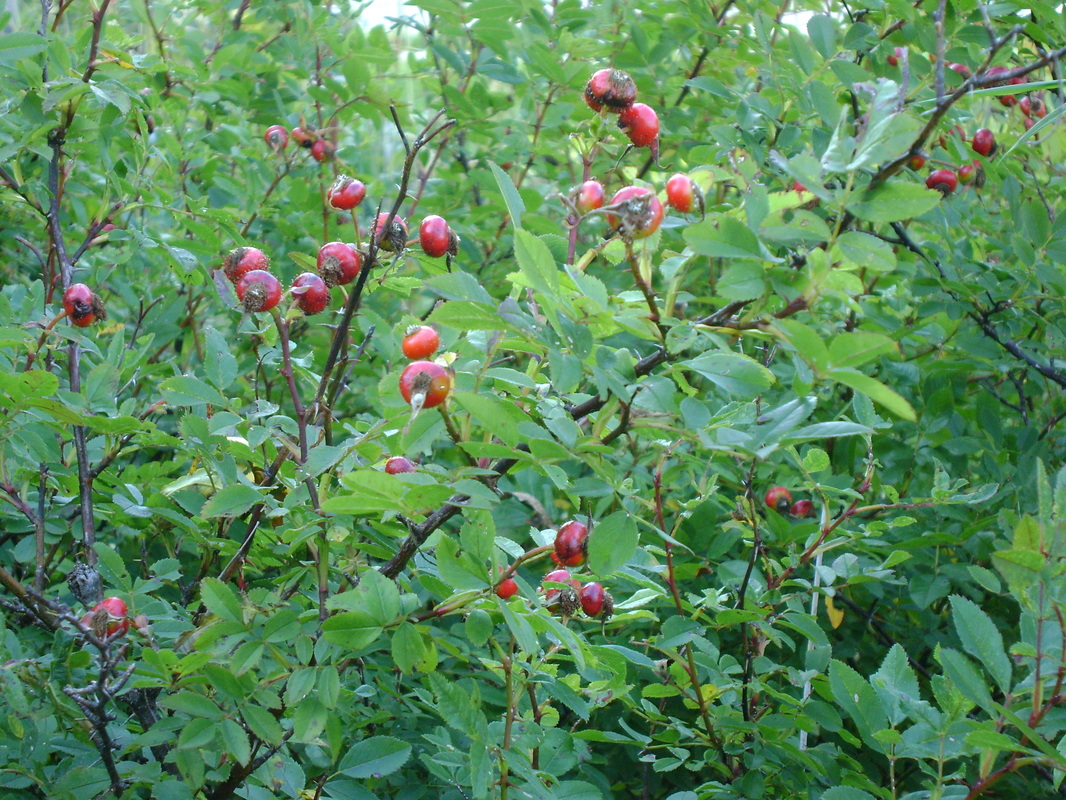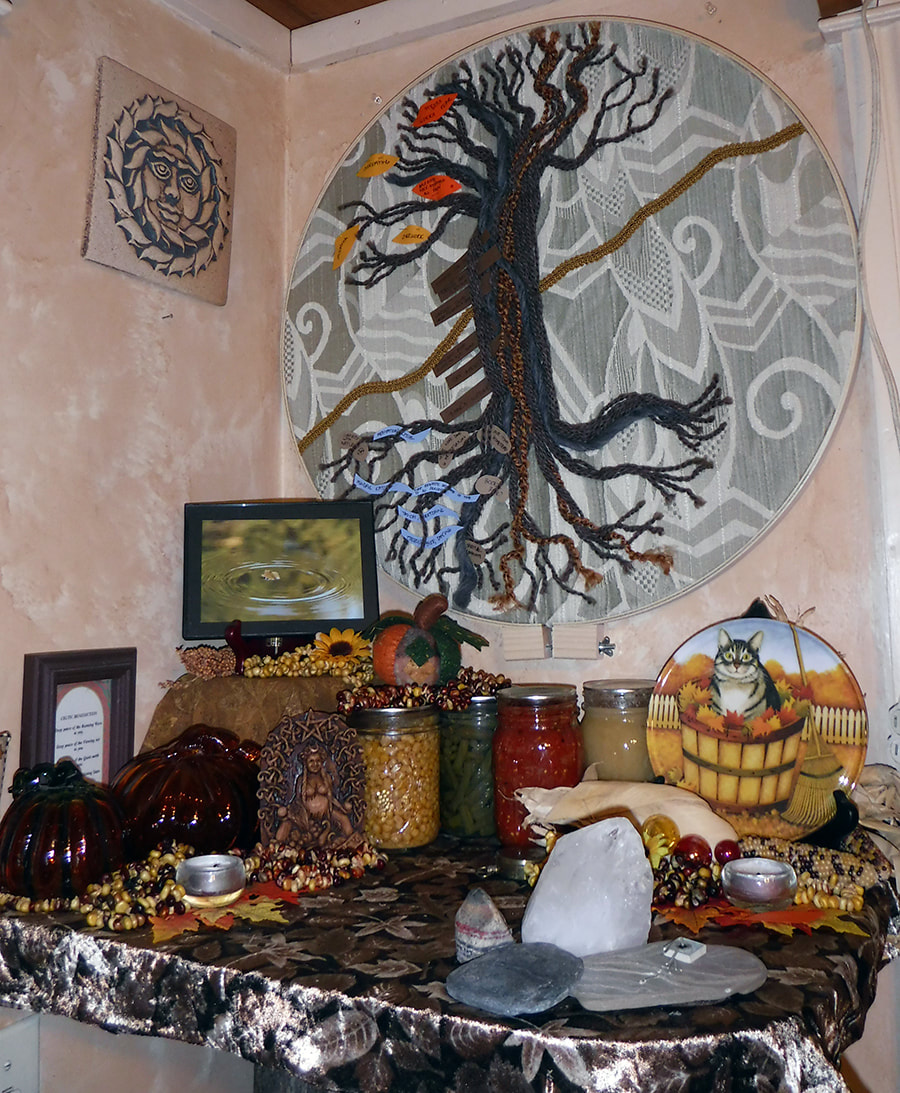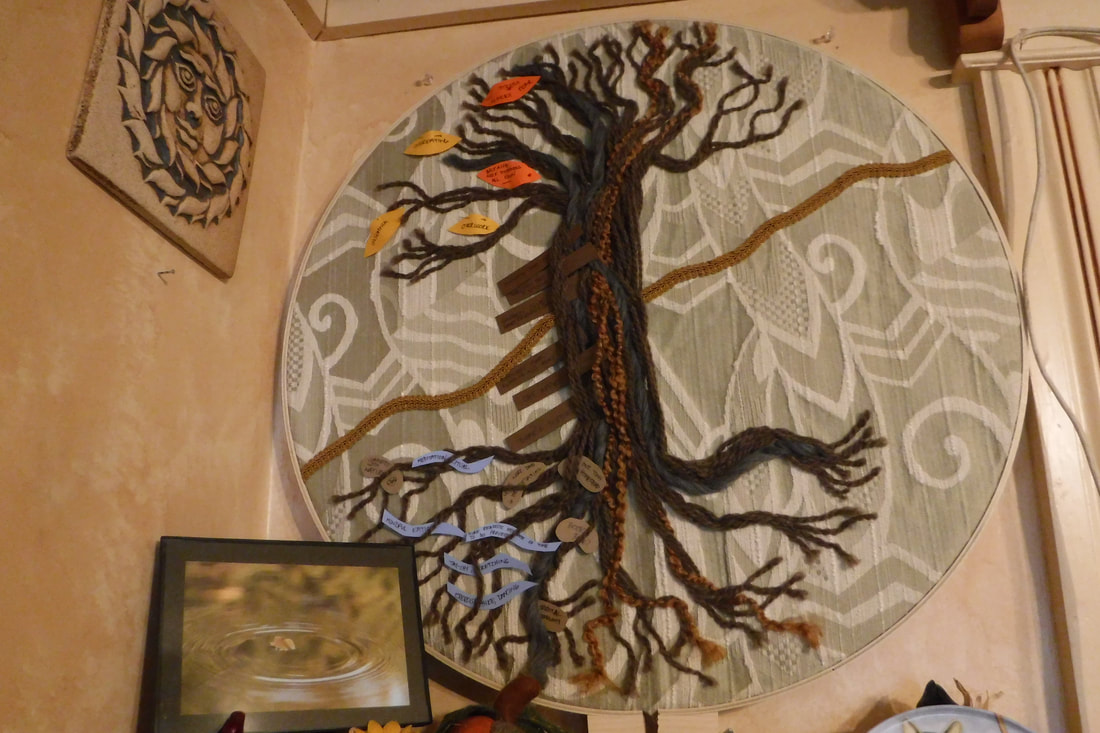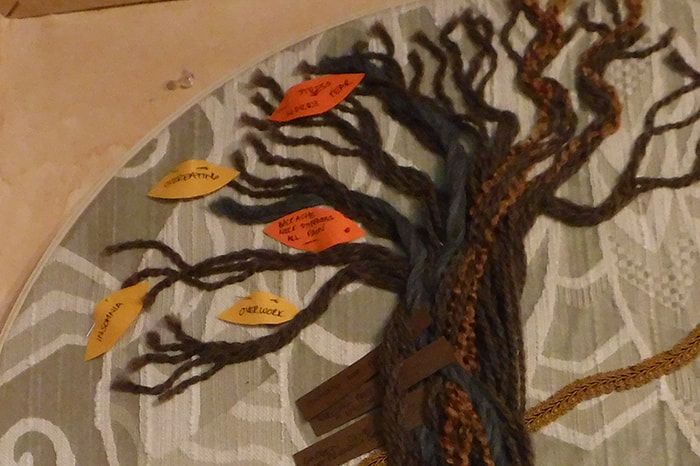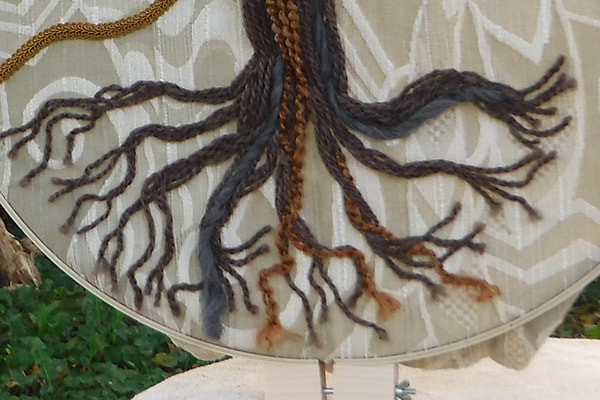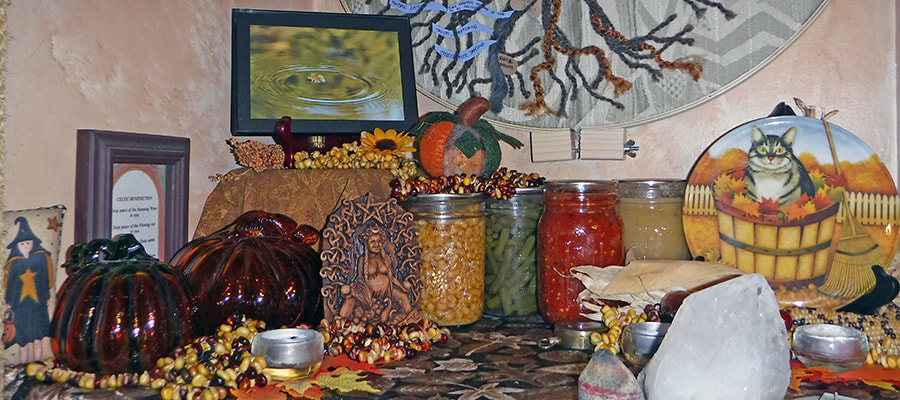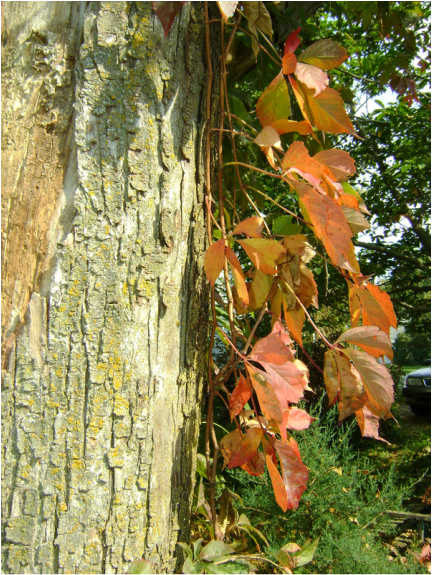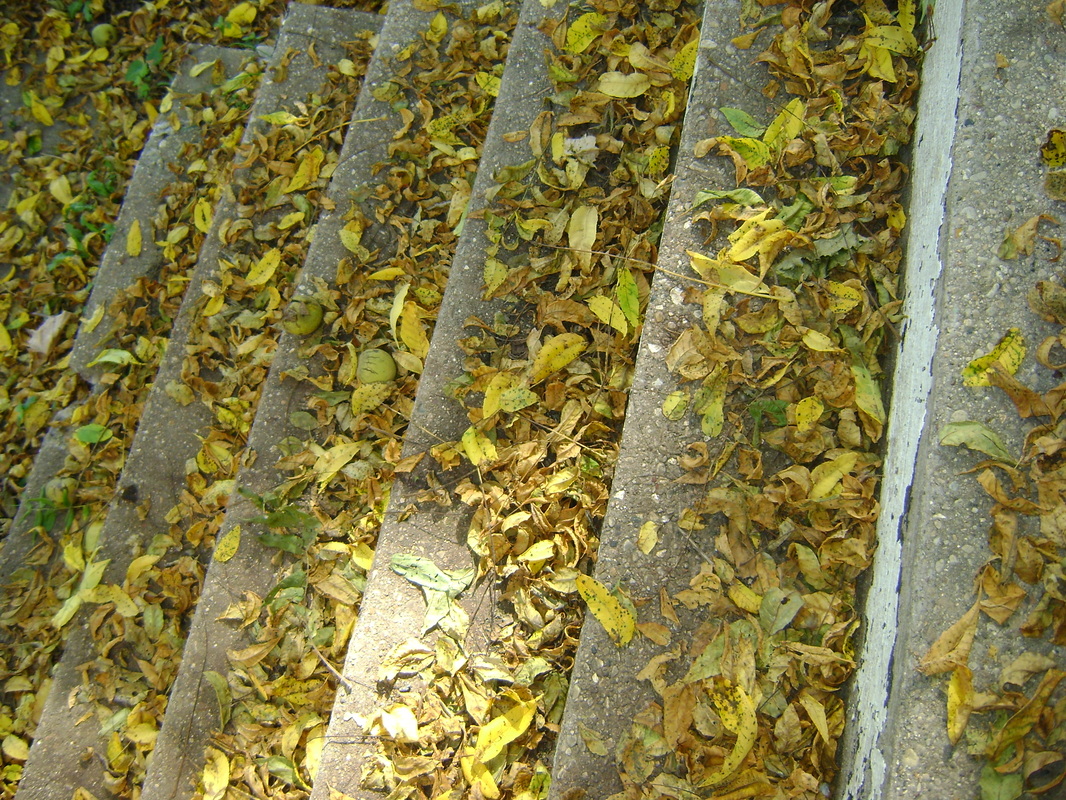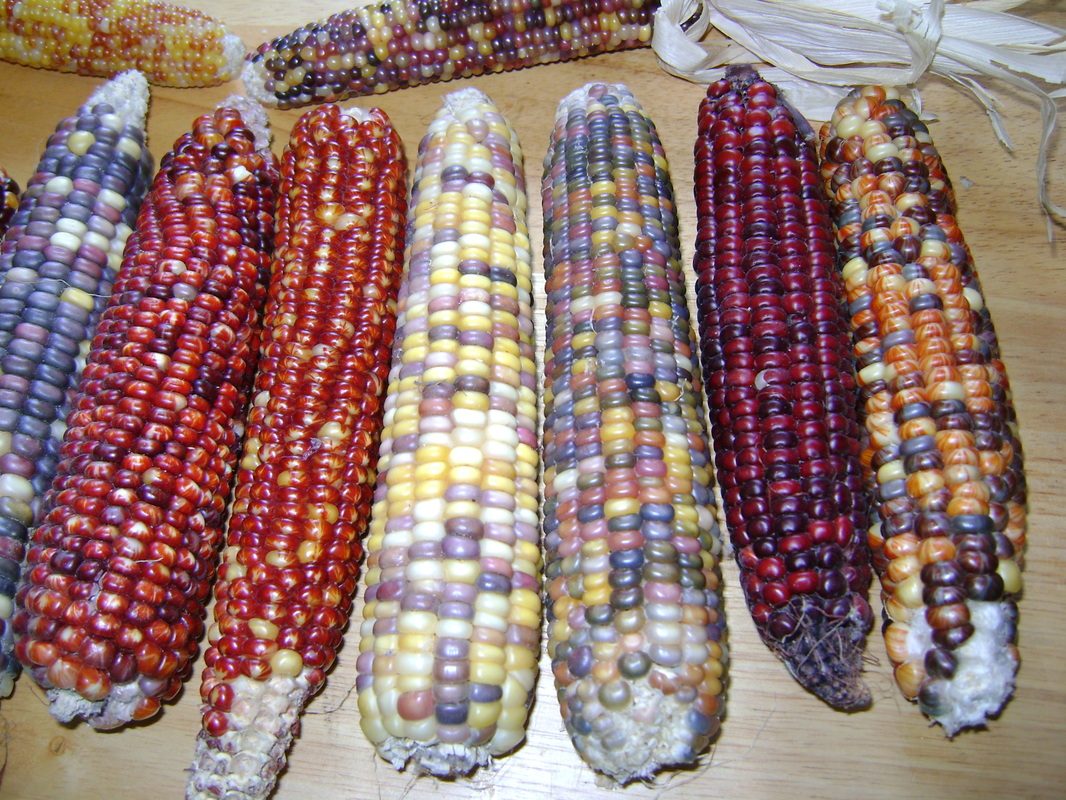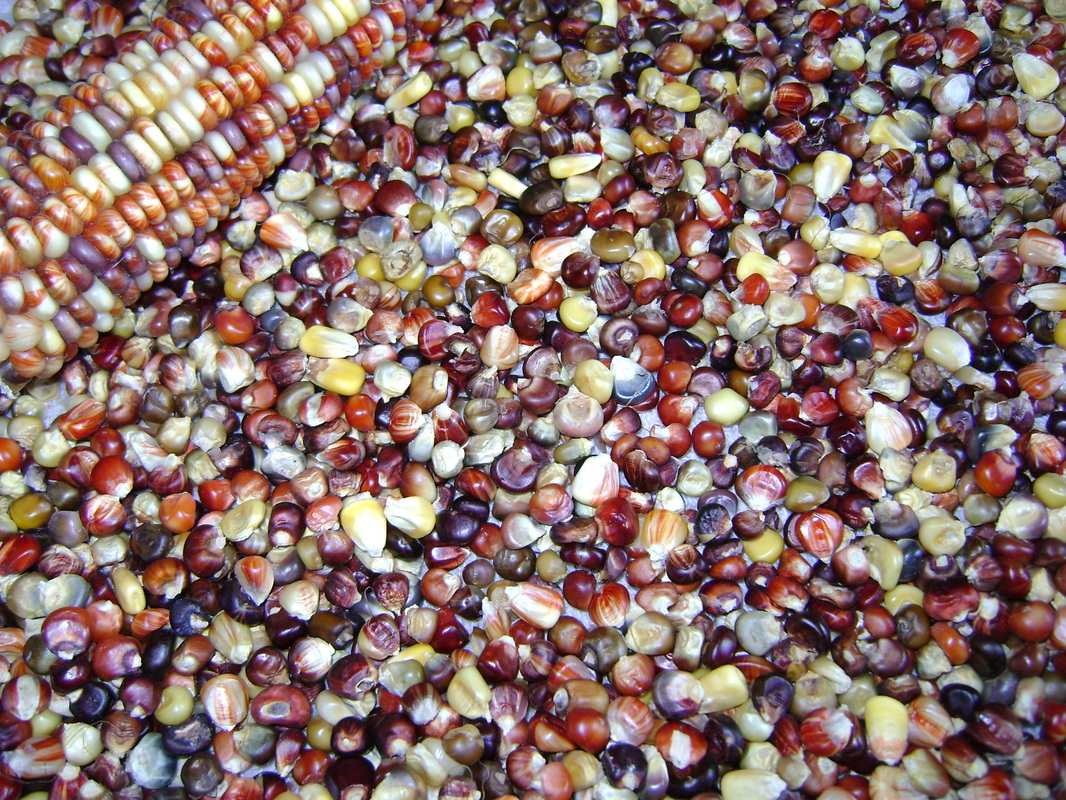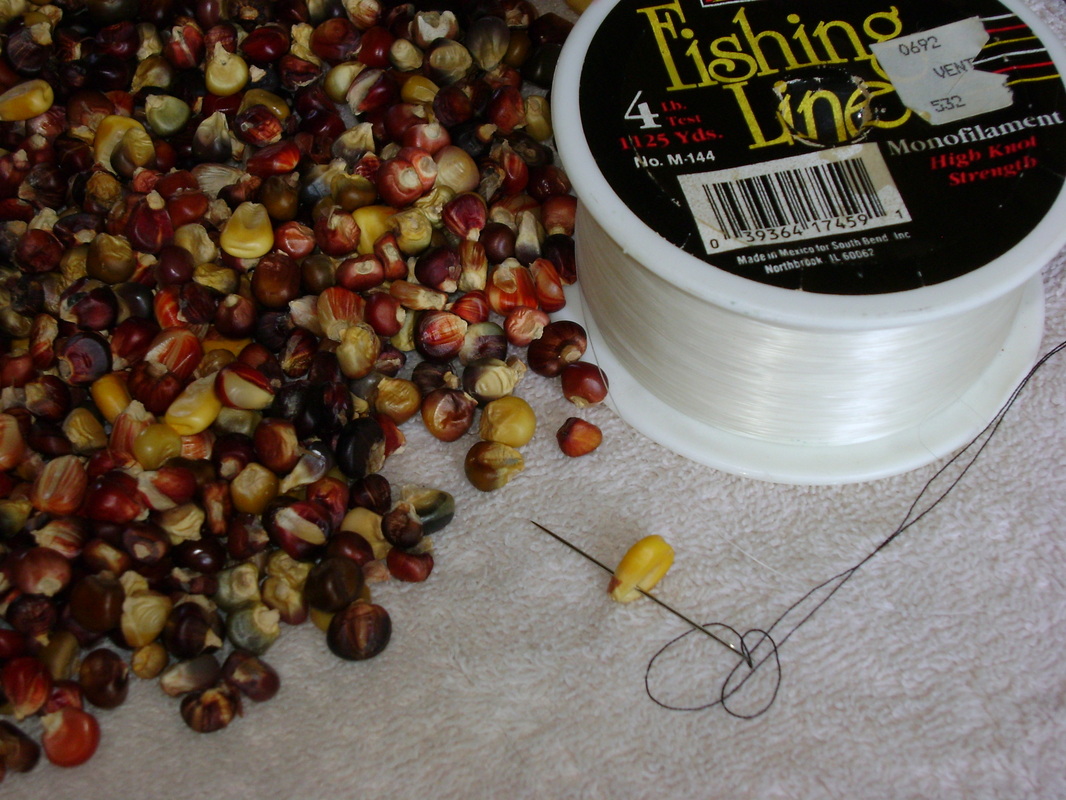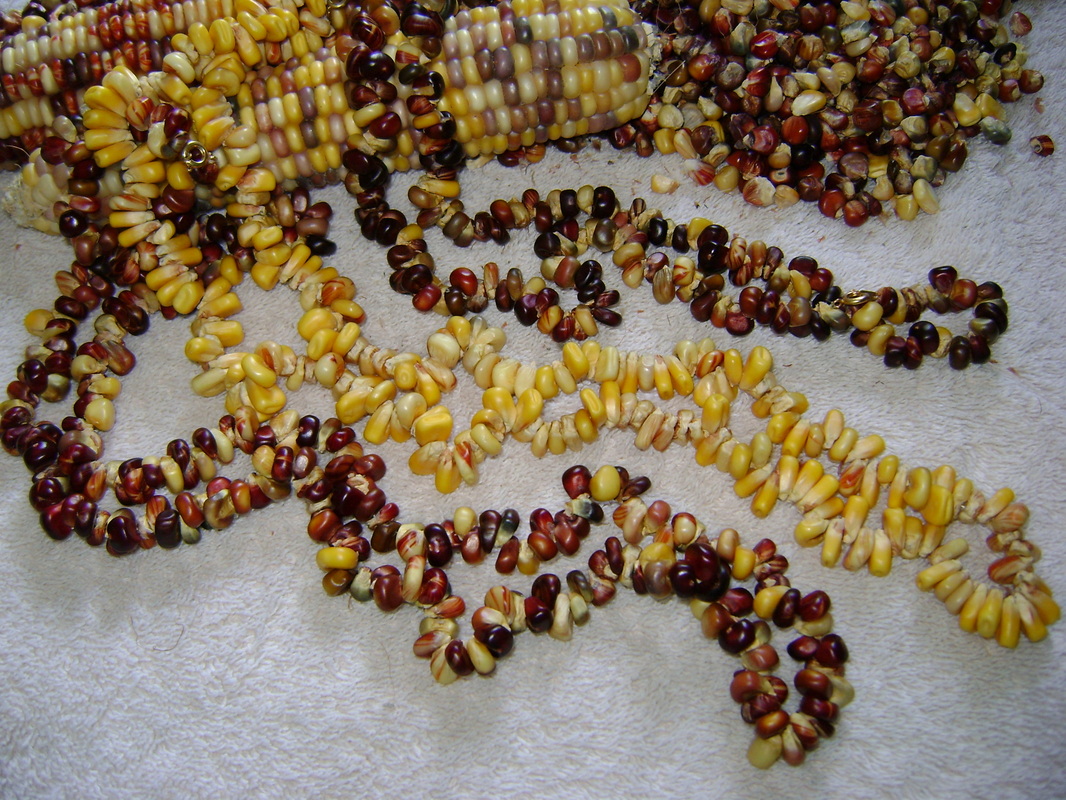|
|
CONNECTING WITH
|
Celebrating the Fall Equinox
|
Our Tree Banner:
|
|
To make the banner:
|
Fall Poetry:O sacred season of Autumn, be my teacher,
for I wish to learn the virtue of contentment. As I gaze upon your full-colored beauty, I sense about you an at-homeness with your amber riches. You are the season of retirement, of full barns and harvested fields. The cycle of growth has ceased, and the busy work of giving life is now completed. I sense in you no regrets: you've lived a full life. I live in a society that is ever-restless, always eager for more mountains to climb, seeking happiness through more and more possessions. As a child of my culture, I am seldom truly at peace with what I have. Teach me to take stock of what I have given and received, may I know that it's enough, that my striving can cease in the abundance of God's grace. May I know the contentment that allows the totality of my energies to come to full flower. May I know that like you I am rich beyond measure. As you, O Autumn, take pleasure in your great bounty, let me also take delight in the abundance of the simple things in life which are the true source of joy. With the golden glow of peaceful contentment may I truly appreciate this Autumn day. - Edward Hays Red leaves like blood drip
from the wounded maple until it is dry. - Theresa Berrie Seasonal Music:Autumn, piano solos by George Winston, 1980, Windham Hill Records.
Seasonal Reading:Fall Foliage: The Mystery, Science, and Folklore of Autumn Leaves
by Charles W.G. Smith, with photography by Frank Kaczmarek 2005, a Falcon Guide, the Global Pequot Press ISBN: 0-7627-2788-8 |
|
Each kernel is a gem
with its own amazing colors and patterns. |
HOW TO MAKE CORN NECKLACES
|
They have all the colors of Fall.
|
4. Thread a needle. If using regular sewing thread, it should be doubled for strength. If you'd like your necklace to last longer, you can use fishing wire instead of thread. Make sure the that the length of your thread or fishing wire is long enough to go over your head when the necklace is complete. Or, if you want a shorter or fancier necklace, you can use a metal necklace clasp (below) which can be bought from craft or jewelry supply/bead stores.
5. The boiled kernels are softest near their base (the thinnest end). Push your needle through this end (see photo on the left), and keep stringing kernels until you've completed your necklace. Knot the two ends of the thread together to finish the circle, or tie on the two parts of the clasp and join them.
|
6. Here's a large shot of some finished garlands.
Some people prefer to make them with multiple colors and patterns, others prefer all red or all yellow.
Aren't they beautiful?
Some people prefer to make them with multiple colors and patterns, others prefer all red or all yellow.
Aren't they beautiful?
This type of corn was, of course, a staple crop for many Native Americans. I tried cooking it once many year ago according to a recipe I found in a seasonal cookbook and it tasted pretty bland. I have since read Carol Deppe's The Resilient Gardener: Food Production and Self-Reliance in Uncertain Times (2010, Chelsea Green Publishing, VT), which focuses on growing beans, squash, and this kind of corn.
She made the corn sound so tasty I wanted to run out and grow some myself so I could try cooking it again.
She made the corn sound so tasty I wanted to run out and grow some myself so I could try cooking it again.
